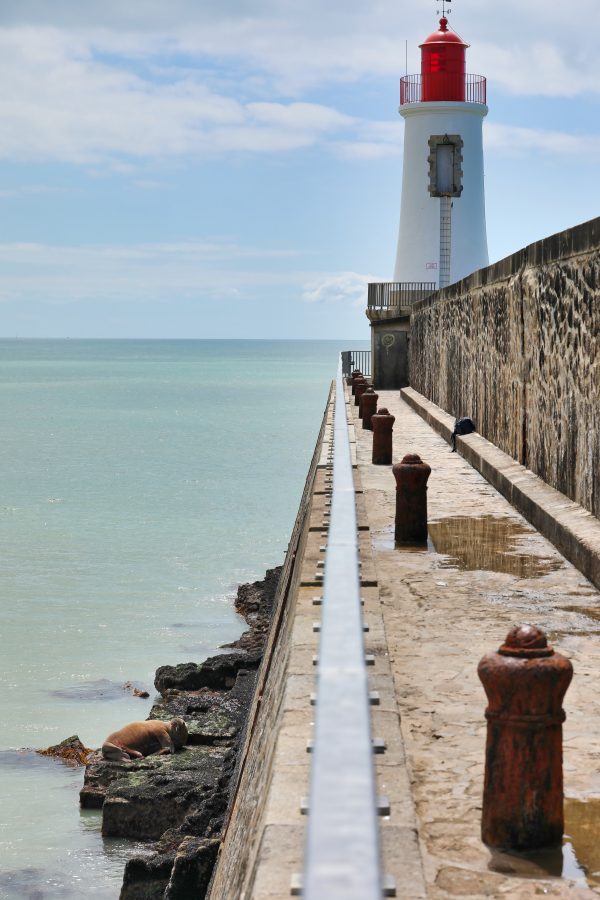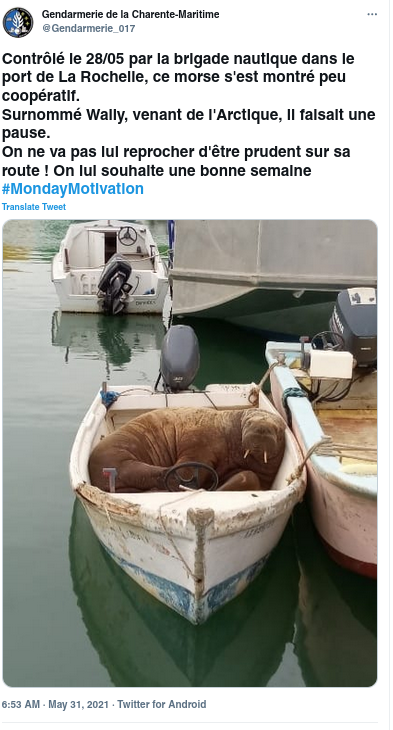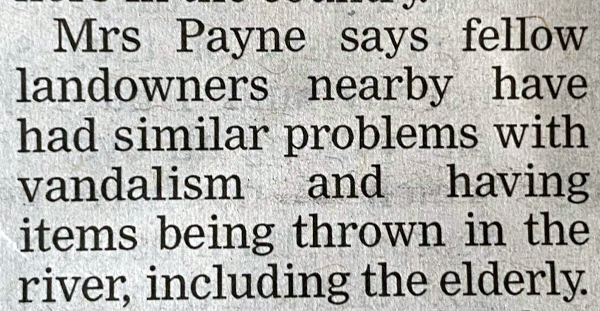Jetty mutates into slipway during Channel crossing
Walruses are rare visitors to British waters and even rarer ones to waters further south. Hence there has been unprecedented press interest in the travels of one in the western Atlantic, since nicknamed Wally.
Wally was first spotted in Ireland on 15th March, before making his way to Tenby in west Wales.
His further travels then saw him making an appearance in Cornwall, before turning up in the last week in the western French seaside town of Les Sables d’Olonne, as reported by France Bleu.

Walruses are not regular visitors to the waters of western France, preferring the colder waters of more northerly latitudes.
Indeed, France Bleu quotes Olivier Van Caennait, from the Pelagis Observatory at the University of La Rochelle, who stated:
Às far as I’m aware, this is only the third sighted in France! The first was in 1986 in Les Landes and the second in 1996 at Oléron“.
As with everywhere else Wally has visited, the French authorities have advised that people rein in their curiosity and stay at least 50 metres away from the walrus at all times.
With his having spent time in west Wales, Wally’s arrival on France’s western seaboard naturally attracted the attention of WalesOnline, who managed to introduce a sly dig at those beastly French for injuring one of God’s creatures (something the Brits would never do! Ed.).
Besides the chauvinism, the WalesOnline reporter managed to achieve a miraculous mutation in maritime infrastructure when shipping the story from western France to south Wales.
France Bleu reported that the walrus had taken a few hours’ break on “rochers au pied de la jetée de l’entrée du port“, i.e. on rocks at the foot of the port’s entry jetty.
By the time the story was posted online by WalesOnline, the port’s entry jetty had inexplicably mutated in one photo caption into a slipway. The newsroom staff clearly don’t know the difference between a jetty and a slipway, so here’s a handy photo reference for future use.
 |
 |
I have, however, given up on trying to work out what is meant by “riprap of a dike” in the WalesOnline report, but have a suspicion it might refer to a revetment. If you can abolish my ignorance, please do so in the comments below.
Update 1 6/06/21: Whilst sojourning off the western French coast, Wally also visited La Rochelle, where he came to the attention of the local forces of law and order, with whom he proved “peu coopératif“.

Update 2 6/06/21: Wales Online now reports that Wally has been sighted off Spain’s Basque coast.

 It now seems that the buses themselves have also taken to addressing potential passengers in dialect, as per this photo courtesy of the
It now seems that the buses themselves have also taken to addressing potential passengers in dialect, as per this photo courtesy of the 
 IT news site
IT news site 






